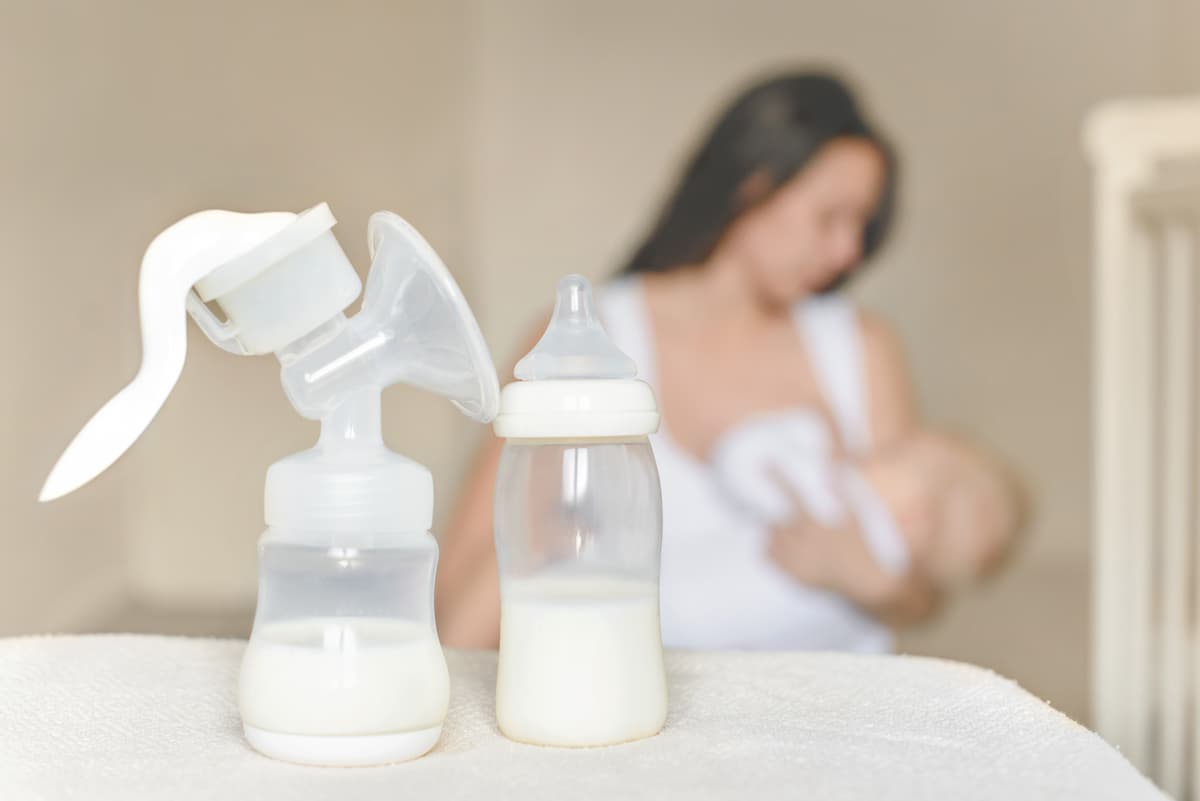Migraine in Pregnancy & Lactation: Considerations for Treatment
Get details on which migraine treatments are the better option for women who are breastfeeding, and on ones to advise them to avoid.

Migraine attacks usually return within 1 month after delivery in women with migraine prior to pregnancy. The precipitous drop in estradiol at the time of delivery can trigger a migraine within 24 hours for some women. However, if women choose to breastfeed, this can serve as a protective effect during the initial months postpartum or until menses returns. The lack of sleep, disrupted sleep, and the stress of a newborn are additional migraine triggers during the postpartum period.
Most medications taken prior to pregnancy for migraine can be resumed when breastfeeding. An exception for acute migraine treatment is regular strength aspirin which should be avoided. Aspirin has been associated with Reye syndrome in infants. If a woman is taking daily baby aspirin for medical reasons, it can be continued.
When the infant is in the first few months of life, it is advisable to take acute medication after breastfeeding and ideally, wait about 3 hours before the next feeding. During the 3 hours post-medication ingestion, the breast milk can be pumped and discarded allowing the concentration of the medication to decrease. As the infant matures, the ability to clear medications out from the mother’s milk improves. As a result, it is not as important to “pump and dump” as the infant matures.
Acute Pharmacologic Treatment Options for Migraine During Lactation
- Nonsteroidal anti-inflammatory drugs (NSAIDs) including injectable ketorolac
- Acetaminophen
- Caffeine in moderation
- Triptans (ideally pump and discard milk for 3 hours after ingestion when infants are young)
- Antiemetics including metoclopramide, ondansetron, prochlorperazine, and promethazine
- Diphenhydramine
- Nerve blocks with bupivacaine or lidocaine
- Sphenopalatine ganglion nerve blocks with bupivacaine or lidocaine
- Trigger point injections with bupivacaine or lidocaine
- Low-dose prednisone for short duration
Avoid the Following Acute Migraine Treatments During Lactation
- Regular strength aspirin
- Butalbital
- Ergotamine (can decrease prolactin and decrease milk production)
- Narcotics/opioids
- Gepants (not enough data)
- Ditans (not enough data)
Nonpharmacologic Treatment Options for Acute Migraine During Lactation
- Noninvasive devices
- Acupuncture
- Biofeedback
- Cognitive behavioral therapy
- Ice packs/hydration/sleep
Preventive Pharmacologic Treatment Options for Migraine During Lactation
- Onabotulinum toxin A (Botox®)
- Beta blockers
- Antidepressants
- Memantine
Avoid the Following Preventive Treatment Options for Migraine During Lactation
- Angiotensin receptor blockers (may affect kidney development if immature kidneys in infant)
- Antiepileptics (mixed data; if needed, use lowest dose necessary)
- Anti-calcitonin gene-related peptide monoclonal antibodies (not enough data)
- Oral gepants (not enough data)
Nonpharmacologic Treatment Options for Migraine Prevention During Lactation
- Riboflavin (B2)
- Magnesium
- Melatonin
- Noninvasive devices
- Acupuncture
- Biofeedback
- Cognitive behavioral therapy
- Exercise program
- Hydration; healthy diet; adequate sleep
A free peer-reviewed, fully referenced data base called LactMed can be a useful resource when making decisions for treating migraine in lactation. It is accessible at: https://www.ncbi.nlm.nih.gov/books/n/lactmed. This data base is updated regularly and provides specific data on what we know about a particular medication. Another useful resource is Hale’s Medications & Mothers’ Milk textbook with the most recent edition in 2023. It can be ordered as a hardback or an electronic version. This most recent 20th edition published in 2023 provides very useful information to help make educated decisions regarding drug treatment in breastfeeding-not just for migraine but for other medical conditions patients may have.
In summary, lactation can be protective for migraine by delaying the return of menses. However, the majority of women with migraine who choose to breastfeed will experience a return of migraine attacks and will have to make decisions about treatment choices. Most pre-pregnancy medications for migraine can be continued. Knowing how to access up to date information on medication use during lactation can help us, as clinicians, make wise choices for our patients.